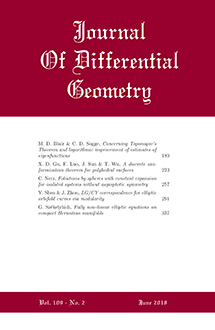In this paper, we initiate the study of the instability of naked singularities beyond spherical symmetry. In a series of papers, Christodoulou proved that naked singularities are not stable in the context of the spherically symmetric Einstein equations coupled with a massless scalar field. We study in this paper the next simplest case: a characteristic initial value problem of this coupled system with the initial data given on two intersecting null cones, the incoming one of which is assumed to be spherically symmetric and singular at its vertex, and the outgoing one of which has no symmetries. It is shown that, arbitrarily fixing the initial scalar field, the set of the initial conformal metrics on the outgoing null cone such that the maximal future development does not have any sequences of closed trapped surfaces approaching the singularity, is of first category in the whole space in which the shear tensors are continuous. Such a set can then be viewed as exceptional, although the exceptionality is weaker than the at least $1$ co‑dimensionality in spherical symmetry. Almost equivalently, it is also proved that, arbitrarily fixing an incoming null cone $\underline{C}_{\,\varepsilon}$ to the future of the initial incoming null cone, the set of the initial conformal metrics such that the maximal future development has at least one closed trapped surface before $\underline{C}_{\,\varepsilon}$, contains an open and dense subset of the whole space. Since the initial scalar field can be chosen such that the singularity is naked if the initial shear is set to be zero, we may say that the spherical naked singularities of a self-gravitating scalar field are not stable under gravitational perturbations. This in particular gives new families of non-spherically symmetric gravitational perturbations different from the original spherically symmetric scalar perturbations given by Christodoulou.

